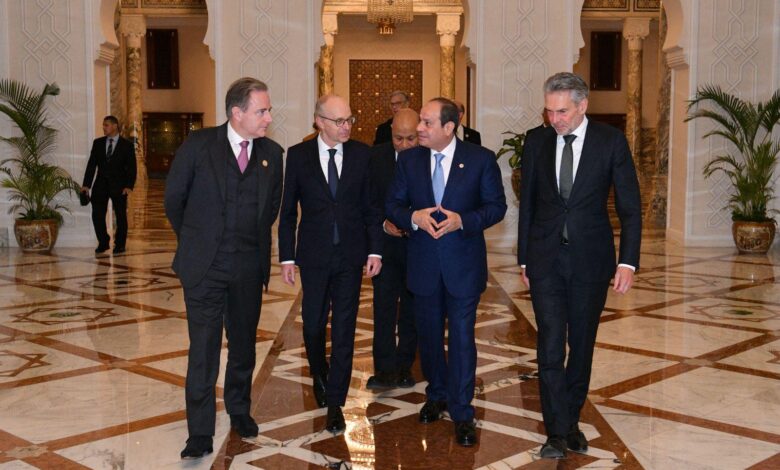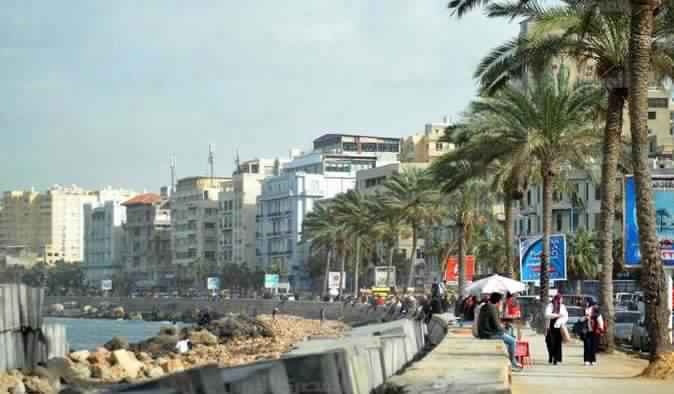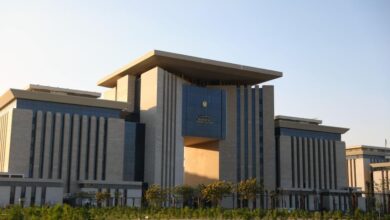
Dutch Prime Minister Dick Schoof announced that his country will return to Egypt the historic stone head of King Thutmose III, currently displayed in a Dutch museum, to coincide with the opening of the Grand Egyptian Museum (GEM), RT reported on Sunday.
During his meeting with Egyptian President Abdel Fattah al-Sisi in Cairo, following his participation in the historic opening ceremony of the GEM, the Dutch Prime Minister pledged that his country would return this unique artifact to Egypt.
President Sisi received Luxembourg Prime Minister Luc Frieden, Dutch Prime Minister Dick Schoof, and Belgian Prime Minister Bart De Wever, expressing his appreciation for their participation in the opening ceremony of the GEM.
He also emphasized the strong and continuously developing relations between Egypt and countries of the Benelux.
The Dutch Prime Minister hailed the GEM as “a beautiful landmark for Egypt” due to its collection of unique Egyptian artifacts dating back thousands of years.
He affirmed that the opening of this monumental museum, after years of work, is “a historic moment that we would like to seize to expand cultural exchange between our two countries.”
A unique relic returns home
The head of the Thutmose statue in the Netherlands is a limestone sculpture dating back approximately 3,500 years to the New Kingdom period of ancient Egypt, specifically the reign of King Thutmose III, who ruled from 1479 to 1425 BC.
The statue is distinguished by its intricate details, reflecting the skill of ancient Egyptian sculptors.
The face is depicted with serene yet powerful features, along with symbolic elements such as the crown or royal ornaments, representing the ruler’s power and divine protection.
Thutmose III was the sixth king of the Eighteenth Dynasty.
He led 17 successful military campaigns, expanding the Egyptian empire far into the Levant and Nubia. During his reign, the arts and architecture flourished, temples such as Karnak were built, and numerous statues of the king and officials were erected, reflecting power and stability.
The sculpture was stolen during the turmoil in Egypt following the 2011 revolution, when many Egyptian archaeological sites were subjected to systematic looting, resulting in the smuggling of thousands of artifacts.
After the theft, these were illegally exported to Europe, eventually reaching the Netherlands, where they were offered for sale at the Tifav art fair in Maastricht in 2022.




